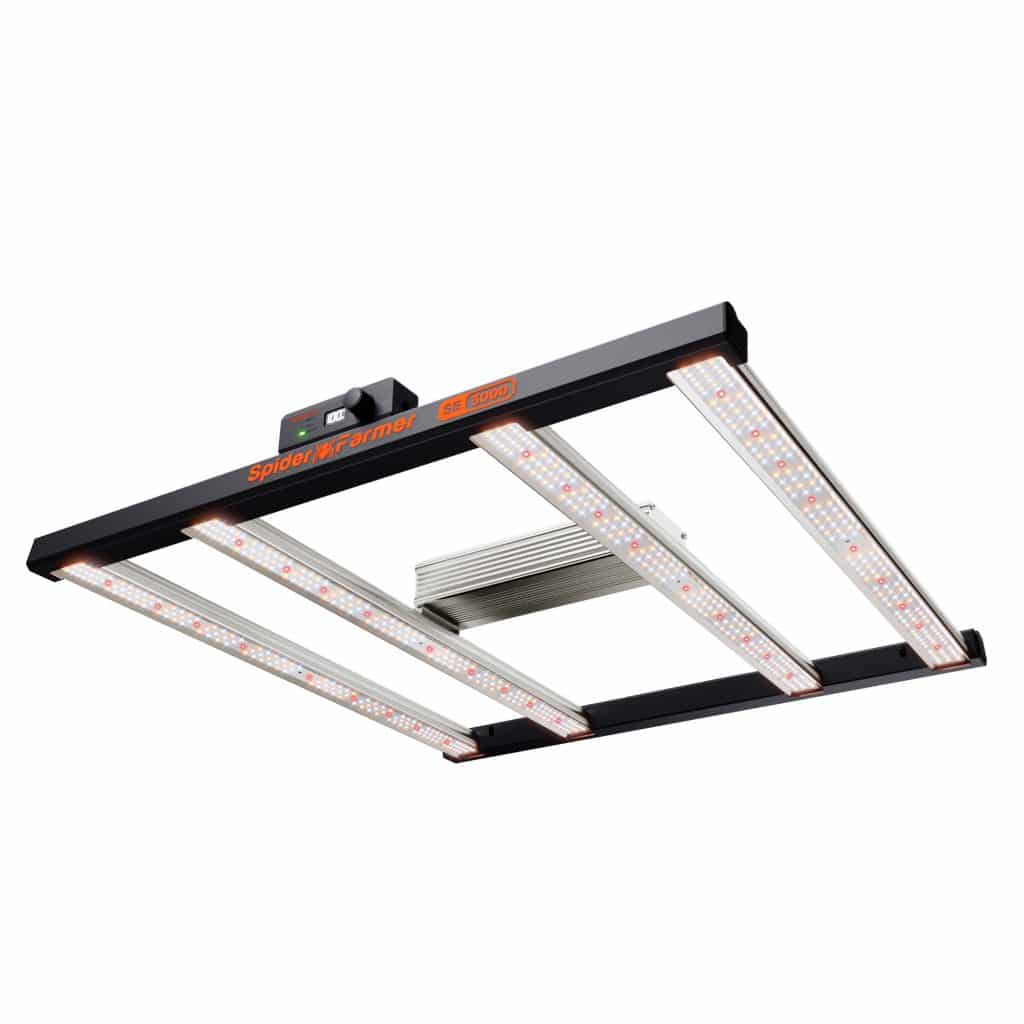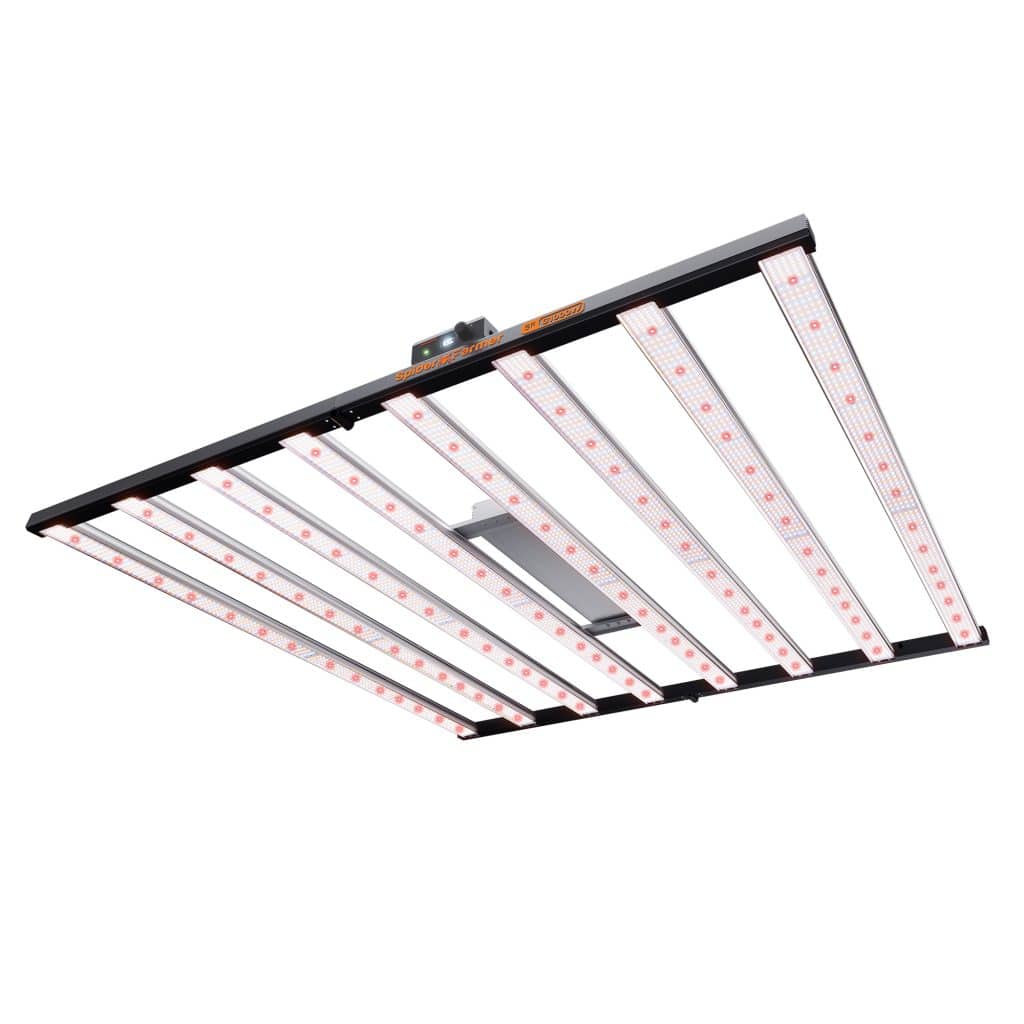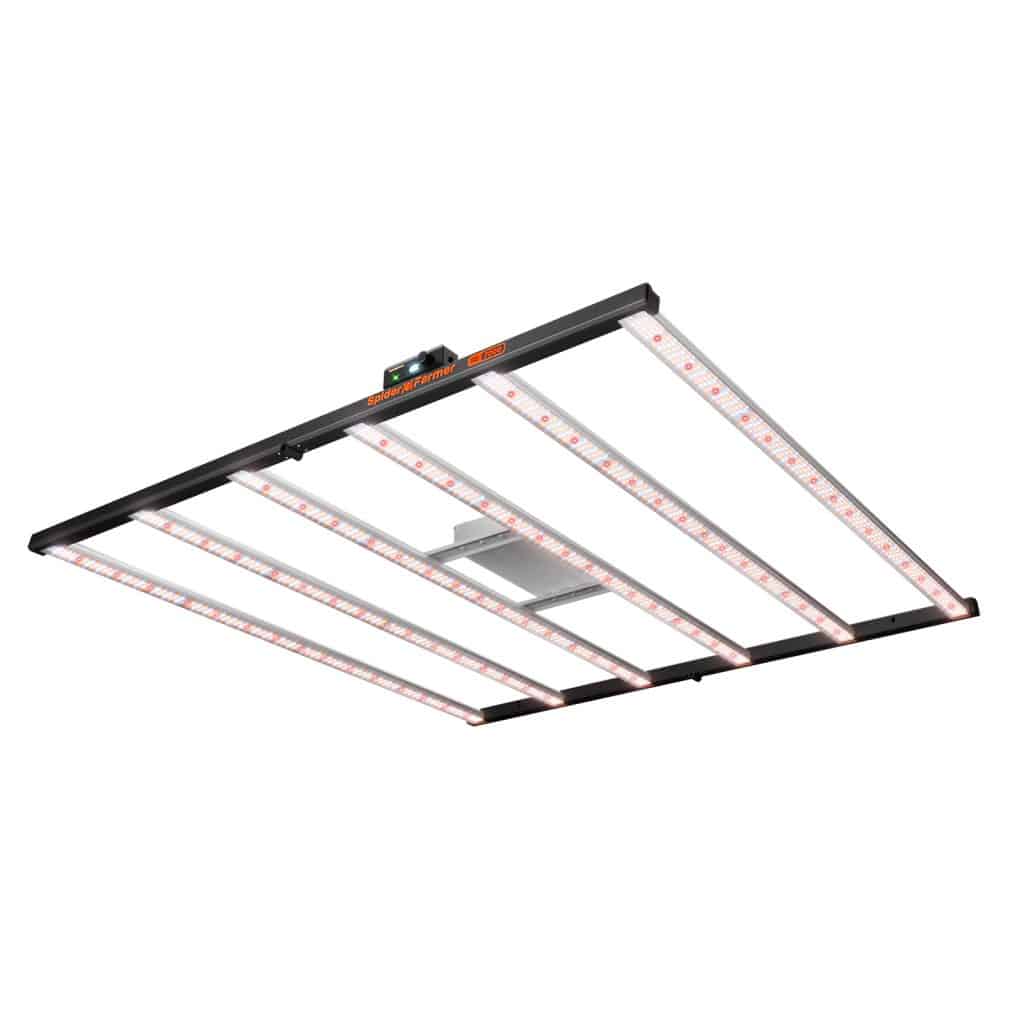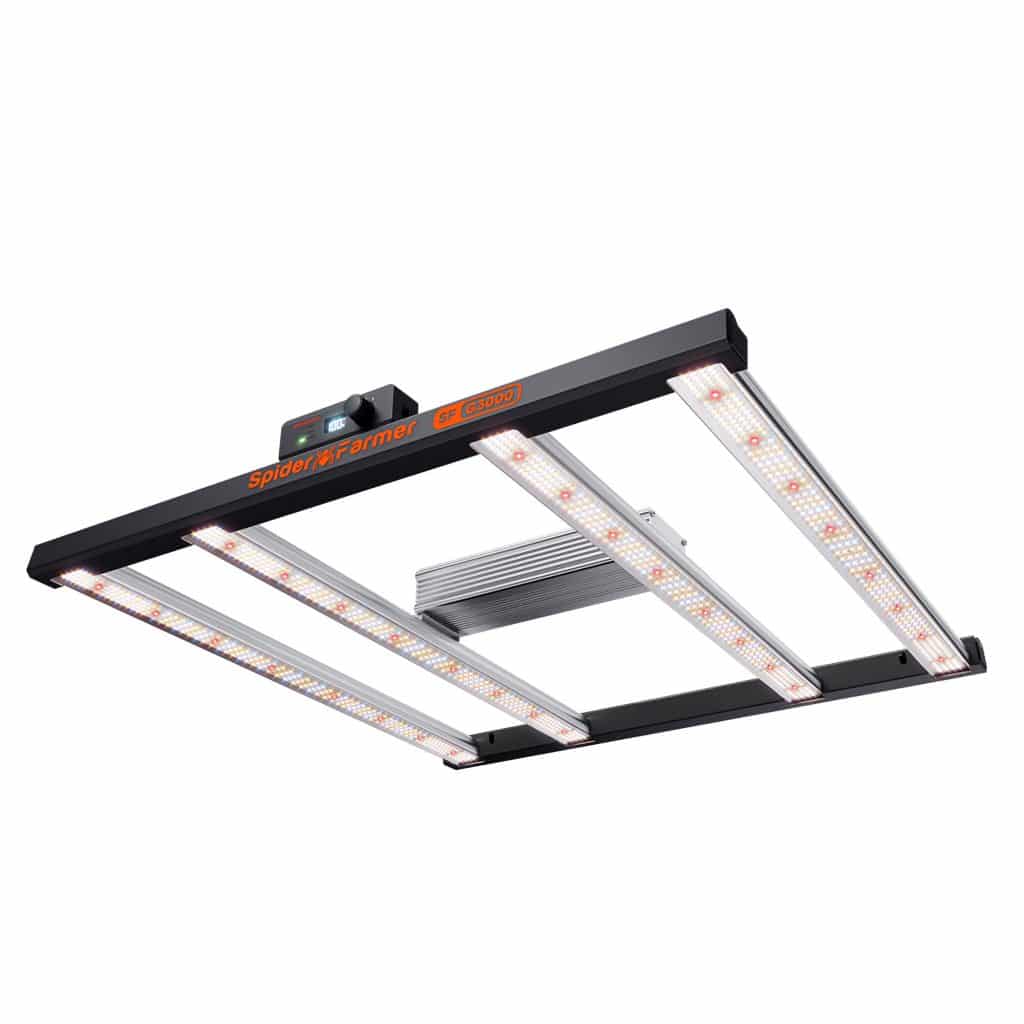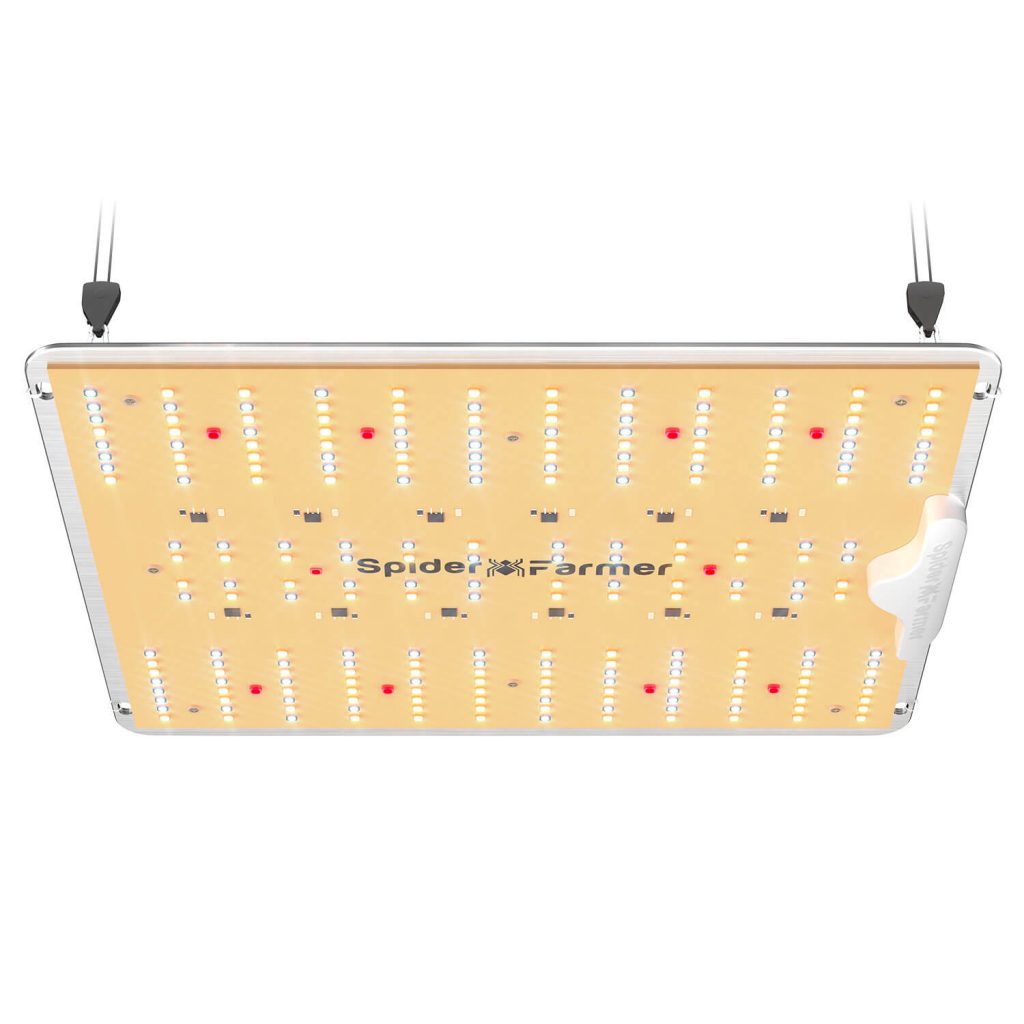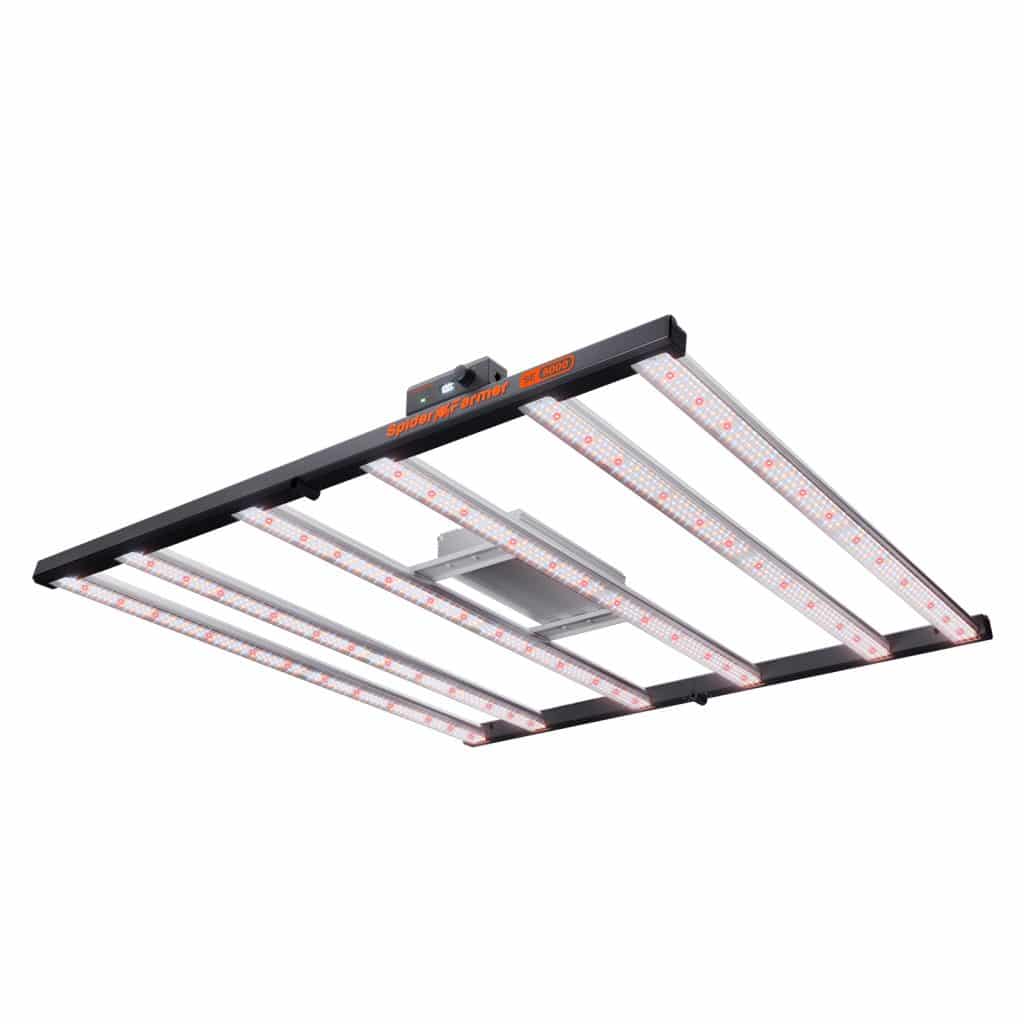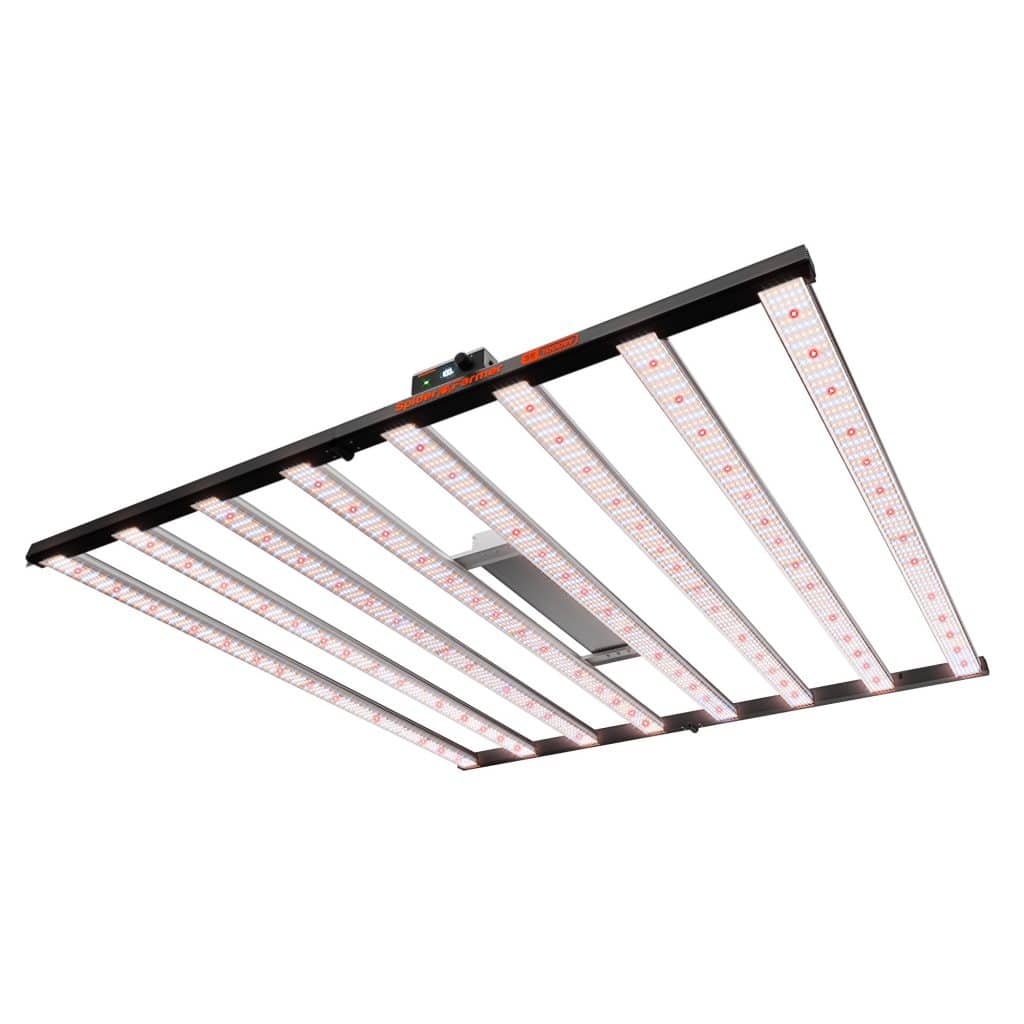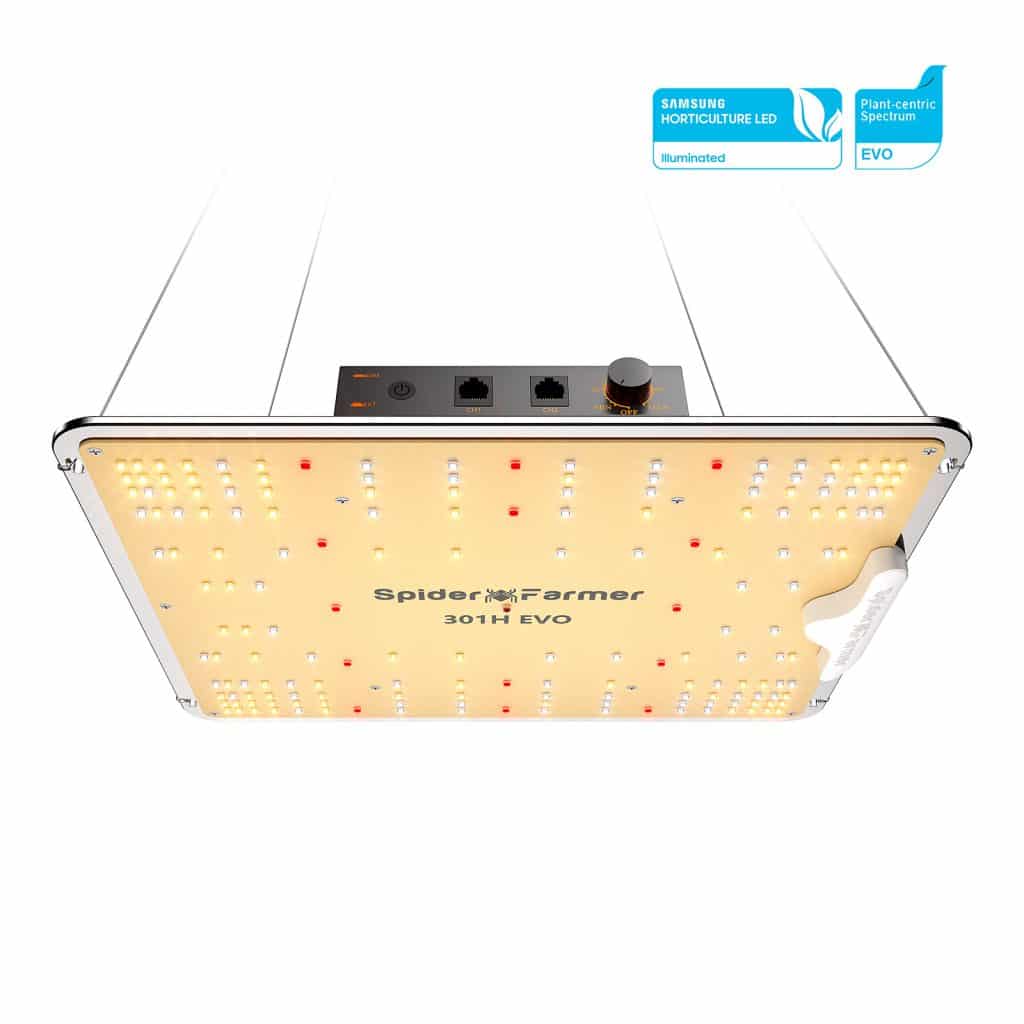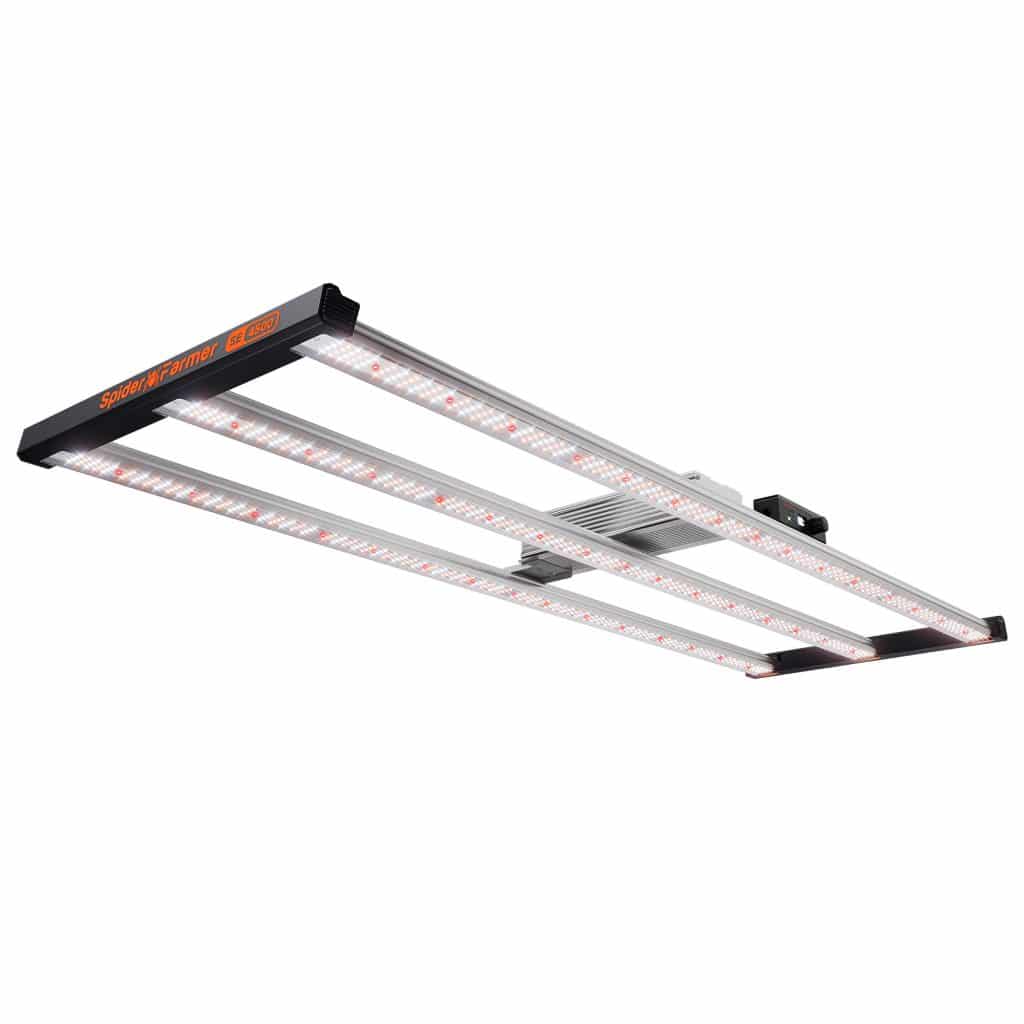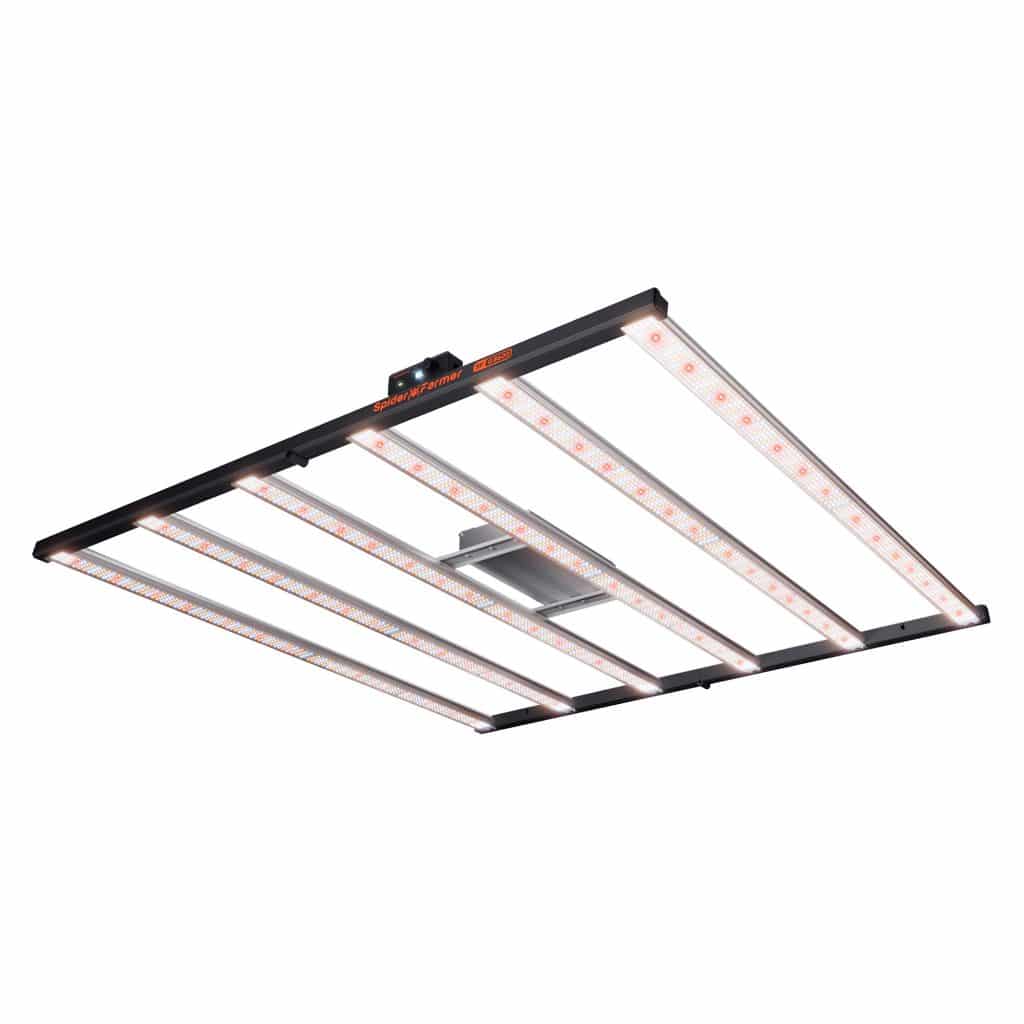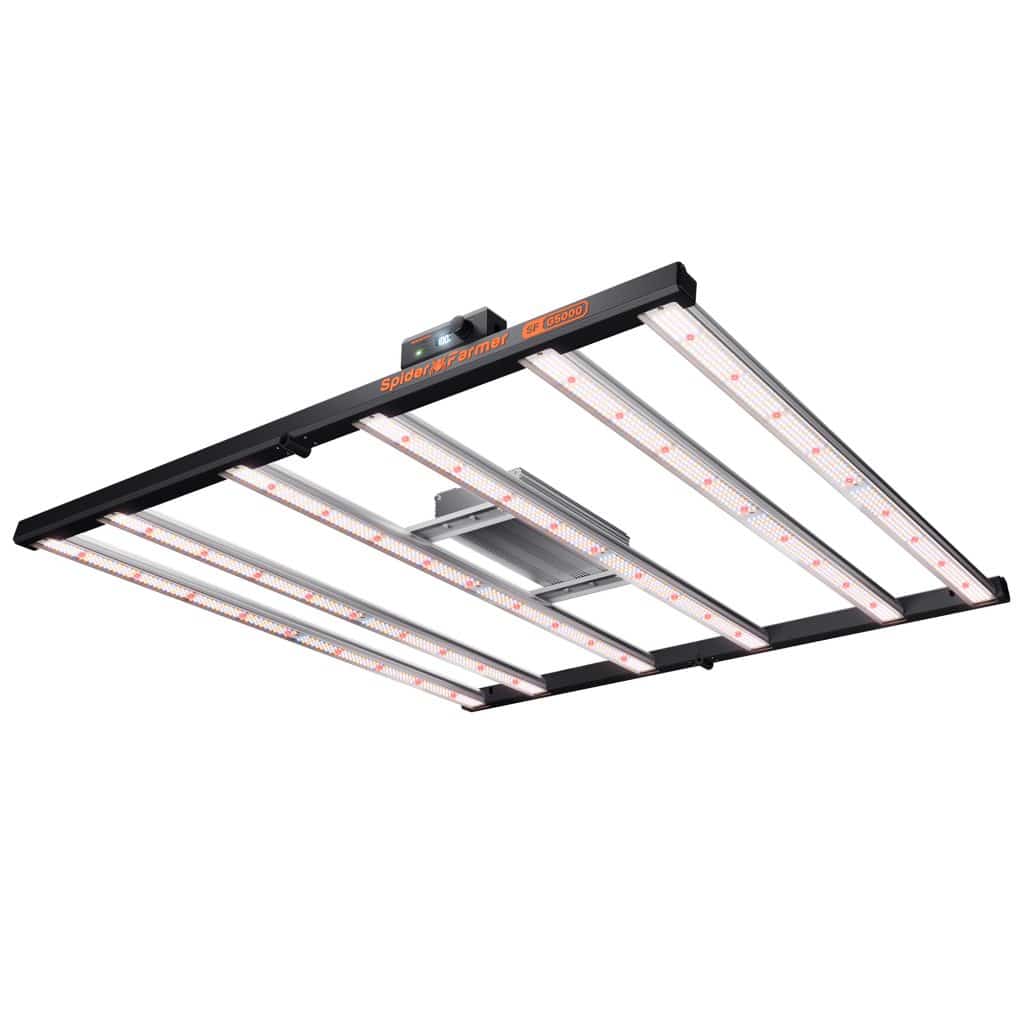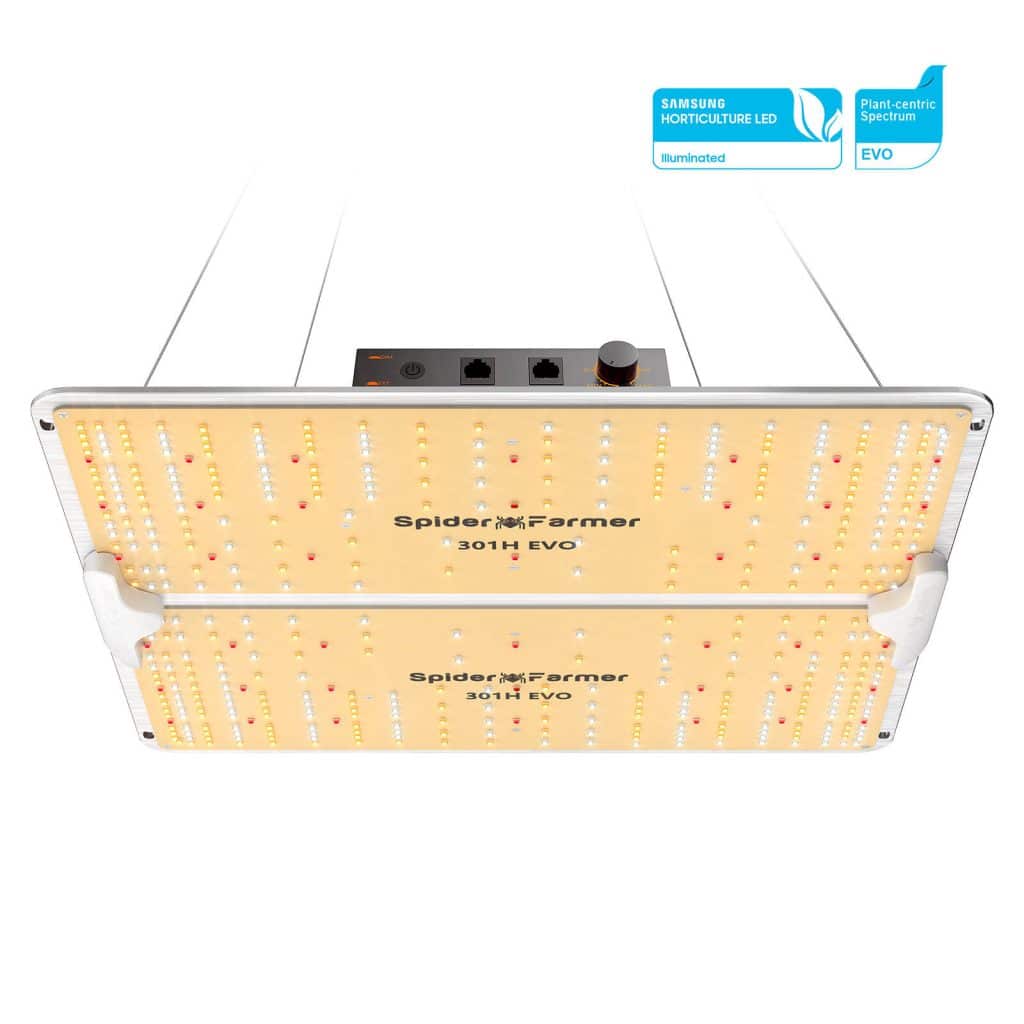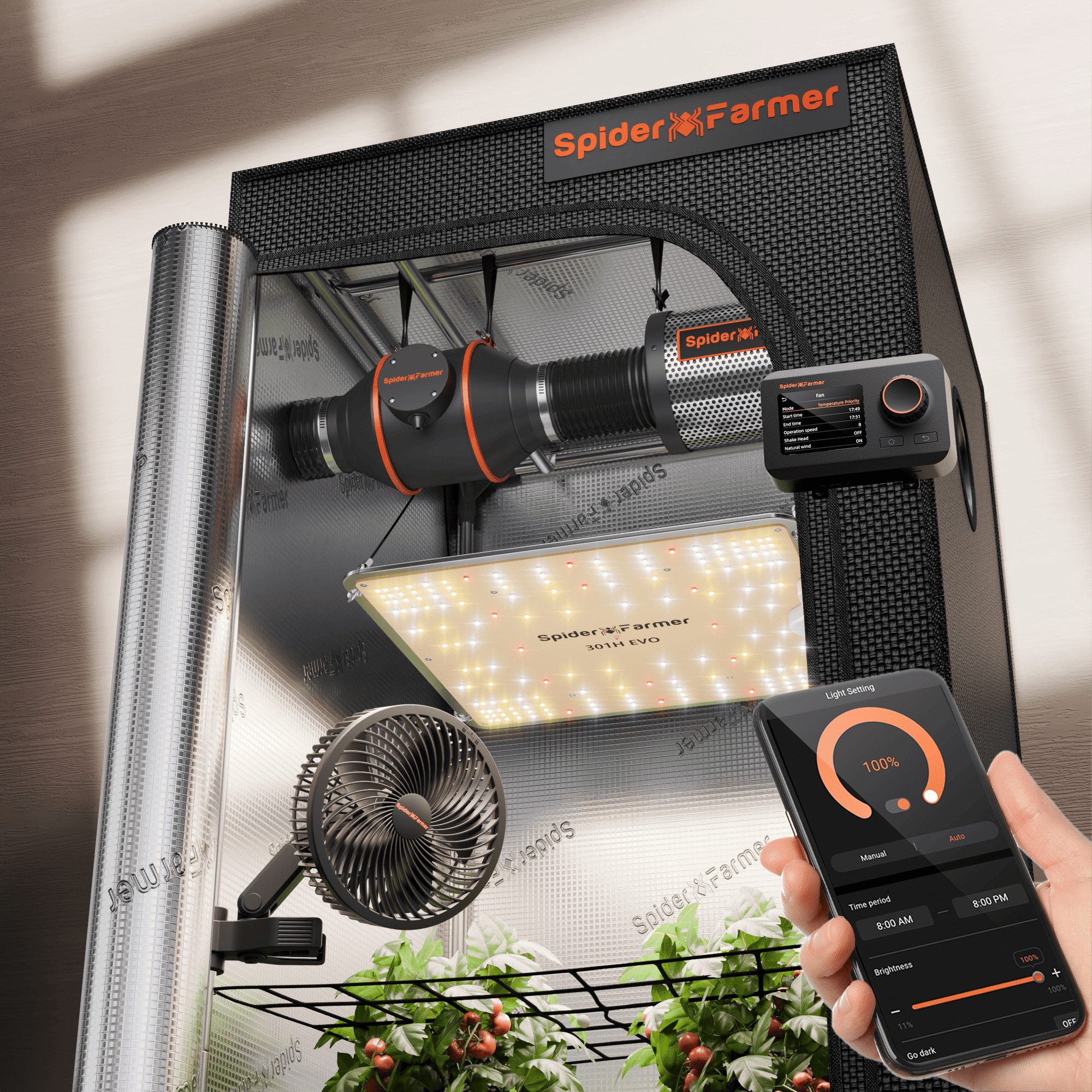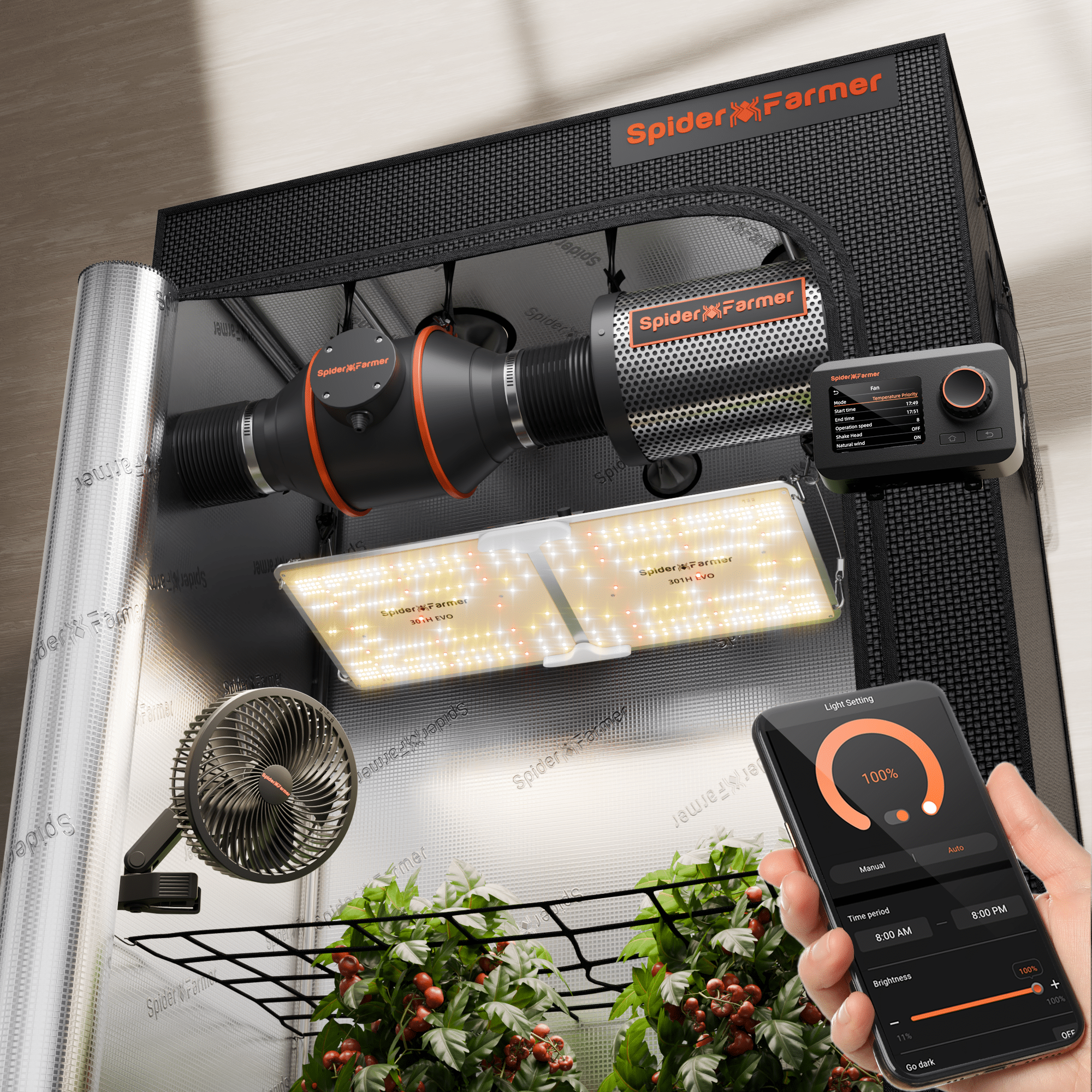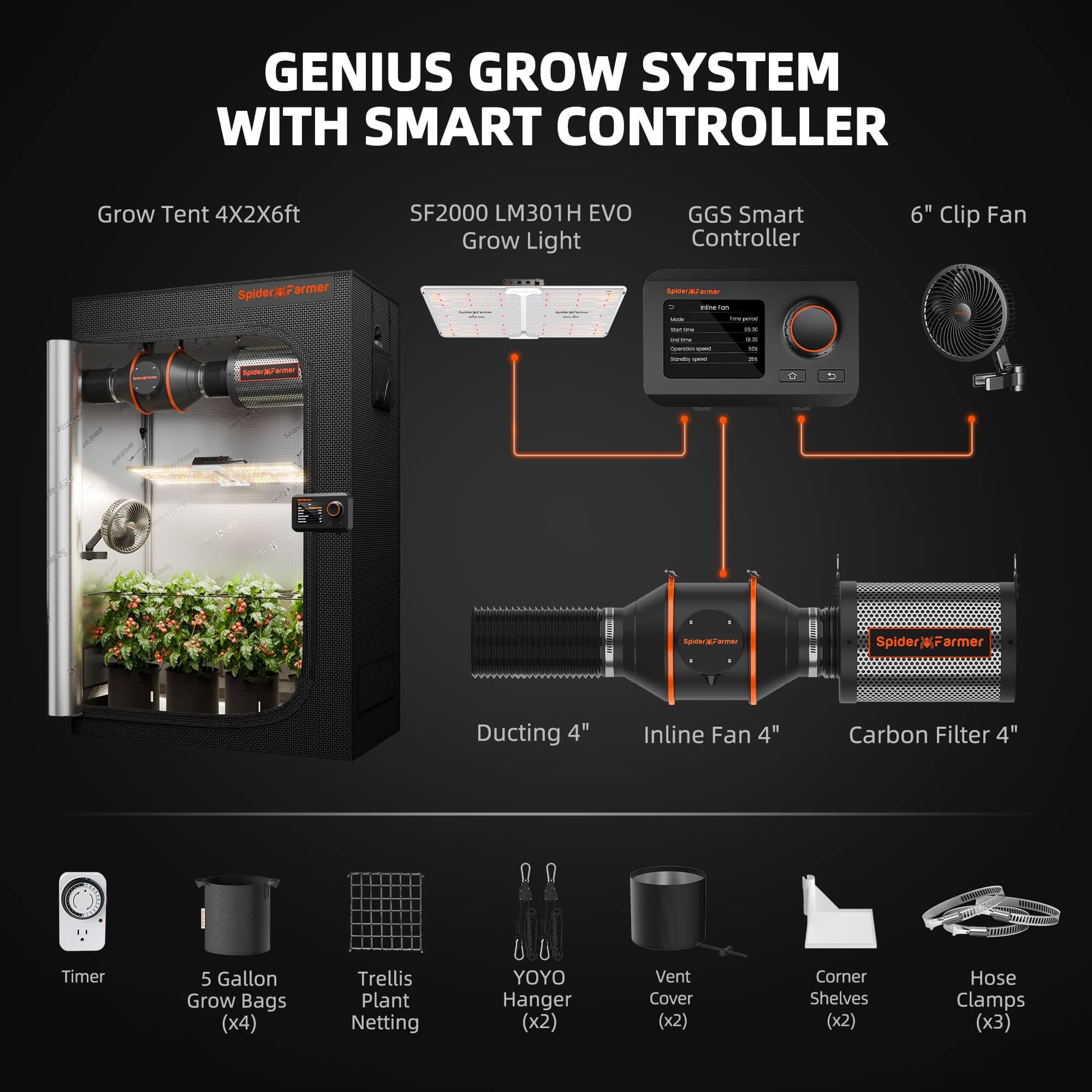Water is the source of life for all things and a necessity for plants to survive. However, growers should be clear about one thing: watering plants is not a daily task, let alone memorize the amount of watering by rote. Because there are many variables in the amount of water needed by plants, such as plant type, plant size, weather conditions, temperature, season, and so on.
It can be seen that the seemingly easy task of watering is not as easy as everyone imagines. To become a qualified gardener, mastering the skills of watering is inevitable.
Tips for Watering Your Plants
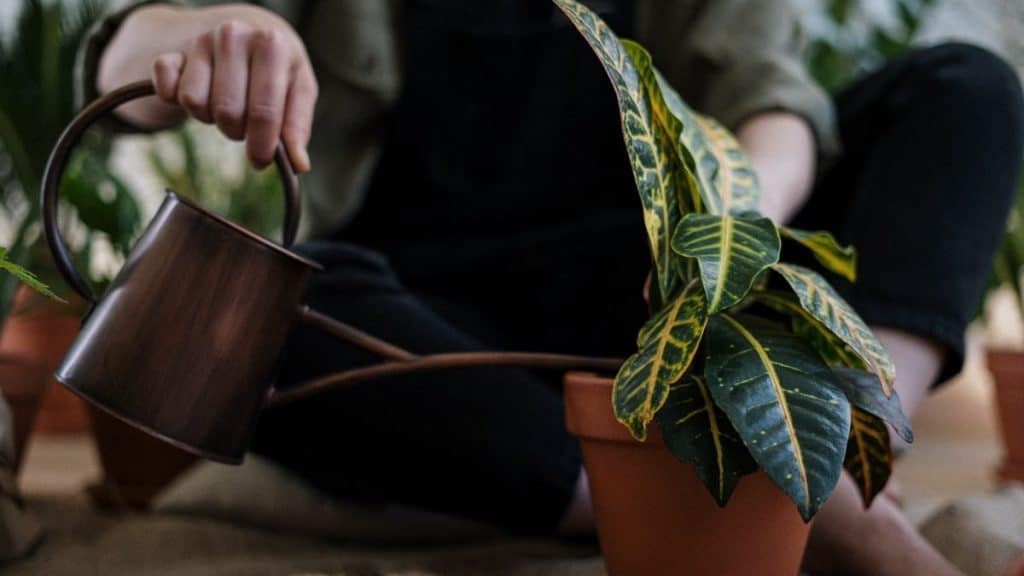
Use Containers with Drainage Holes
Plants are usually housed in pots, but if the pot is not the right size for the plant’s roots to grow, it will cause the plant to stop growing. Therefore, in order for your plants to stay healthy, they need pots that are the right size. There should be drainage holes on the pots to help the soil drain smoothly after watering, and prevent the soil from getting too much water due to poor drainage, which will cause the leaves to wilt.
Water in the Morning
When is the best time of a day to water? The answer is undoubtedly morning. Because if you water it in the morning, even if the plant leaves are wet, it will have a day to dry the leaves. We all know that dry leaves are easier to keep your plants free from disease.
Check Your Soil before Watering
If you’re not sure if you should be watering your plants right now, here’s a little tip for you. Use your finger as a hygrometer and stick it a few feet below the soil, if you find that the soil is dry a few feet down, it’s time to water!
Water the Soil, Not the Leaves
When watering, it is best not to let the water splash on the leaves of the plants. Try to point the mouth of the watering can at the soil instead of the leaves. This will help keep the leaves dry and prevent the plants from being infected by bacteria, fungi, etc.
Water Slowly and Evenly
If the surface of your plant’s soil is dry, water can condense or run off when you slam it down, the best thing to do is to start slowly until the water has penetrated a few feet below the soil. And if you only water from one side of the soil, the leaves on the other side will be stunted. For the healthy and full growth of your plants, be sure to water evenly around the soil.
Consider the Seasons
Many plants go dormant during the cold season by conserving energy and stopping growth. Therefore, plants need much less water than in summer. This change in behavior makes it all the more important to learn the language of a particular plant and take the time to understand when it really needs watering.
Indoor temperature is also an important factor to consider when watering. You need to determine the amount of water to your plants according to the indoor temperature and humidity to ensure that your plants can absorb the water they need

